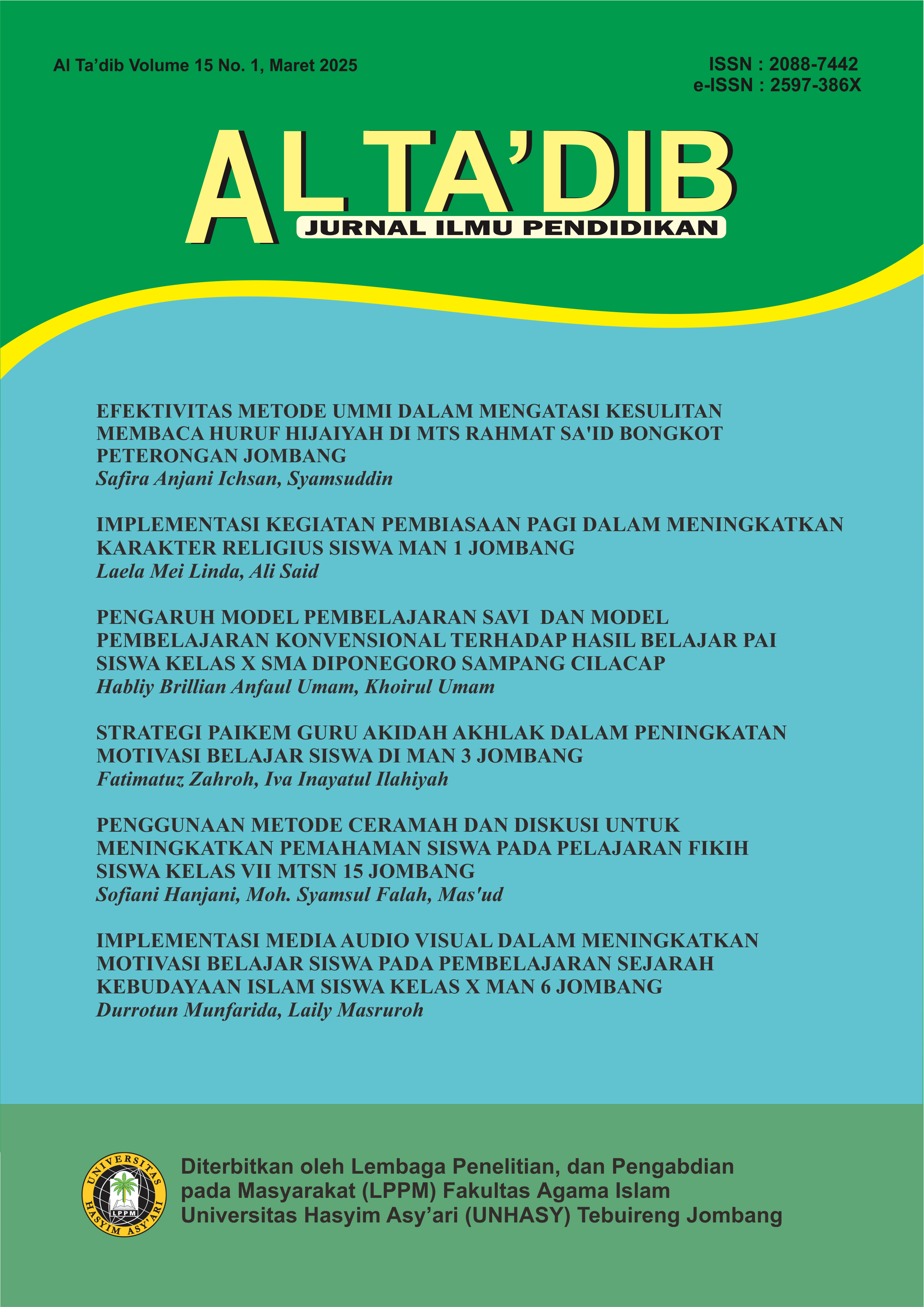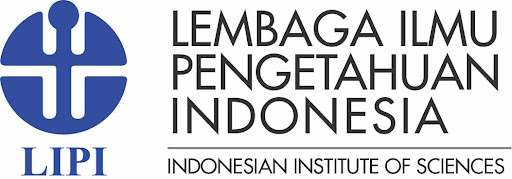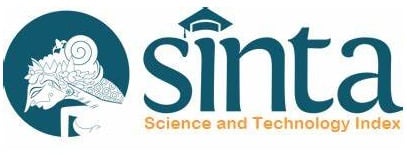PENGARUH MODEL PEMBELAJARAN SAVI DAN MODEL PEMBELAJARAN KONVENSIONAL TERHADAP HASIL BELAJAR PAI SISWA KELAS X SMA DIPONEGORO SAMPANG CILACAP
DOI:
https://doi.org/10.33752/altadib.v15i01.2551Keywords:
SAVI method, Learning outcomesAbstract
This article examines research using learning methods that can be implemented in teacher teaching and their effects. The purpose of this study was to determine the effect of the SAVI learning model and the conventional learning model on PAI learning outcomes for X grade students of SMA Diponegoro Sampang Cilacap. This study uses a qualitative approach to the type of quasi-experimental design (Quasy Experiment Design). The focus of the research is taking the research object of SMA Diponegoro Sampang with a sample of 34. The results show that there are differences in the learning outcomes of class X students in PAI subjects when using the SAVI learning method with student learning outcomes when using conventional learning models using the independent sample t-test. test with known Sig value. Levene's Test for Equality of Variances is 0.97 > 0.05. it can be interpreted that the data variance is homogeneous. The Independent Samples Test is guided by the values ​​contained in the "Equal variances assumed" table. The Independent Samples Test in the "Equal variances assumed" section is known to have Sig. (2-tailed) is 0.005 < 0.05, so as the basis for decision making in the independent sample t test, it can be concluded that H0 is rejected and Ha is accepted and the paired sample T-test value shows a significance value of 0.000. This value is smaller than the standard significance of 0.05, so H0 is rejected and Ha is accepted. So it can be concluded that there is an average difference between the pretest and posttest learning outcomes in the experimental class, which means that there is an effect of using the SAVI learning model on PAI subjects.
Downloads
Downloads
Published
How to Cite
Issue
Section
License
Copyright (c) 2024 Al Tadib : Jurnal Ilmu Pendidikan

This work is licensed under a Creative Commons Attribution-NonCommercial-ShareAlike 4.0 International License.












